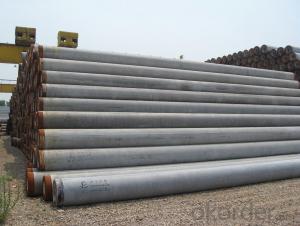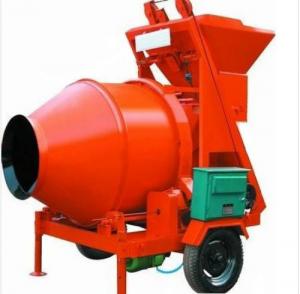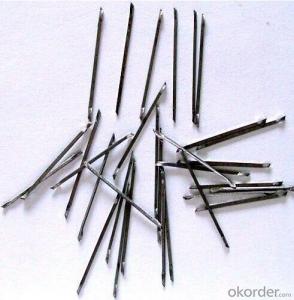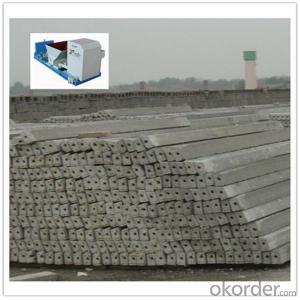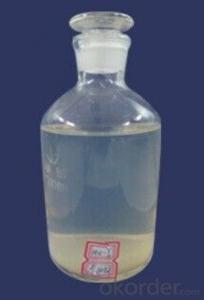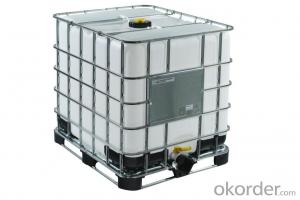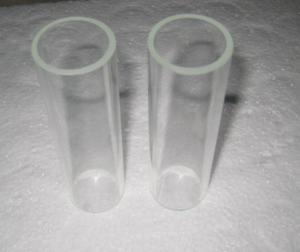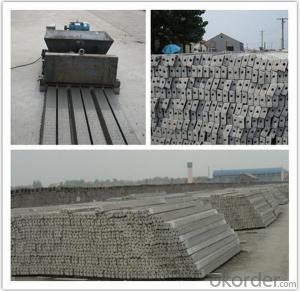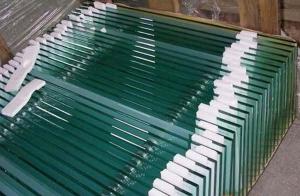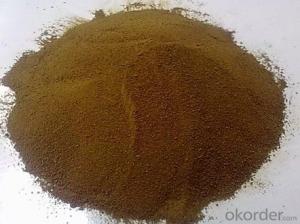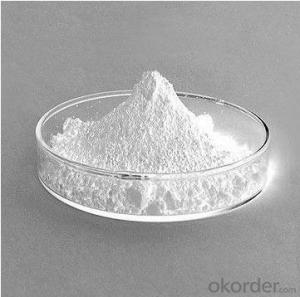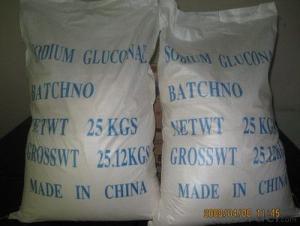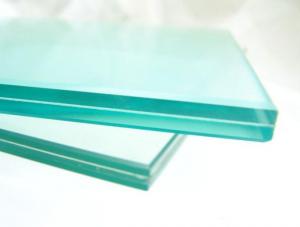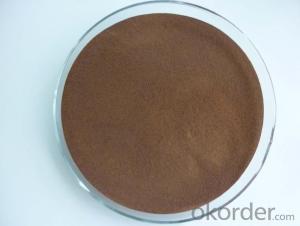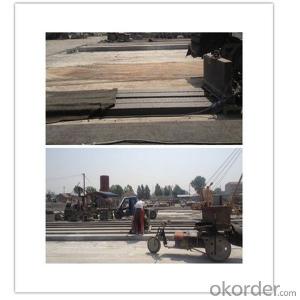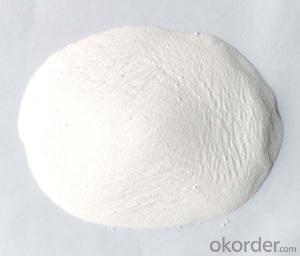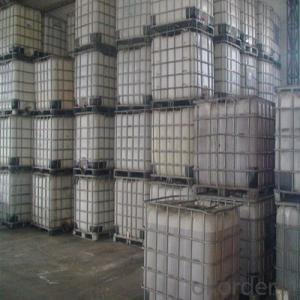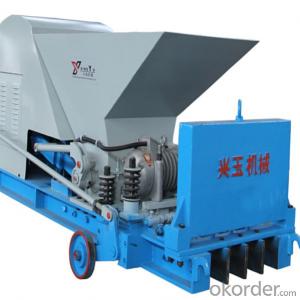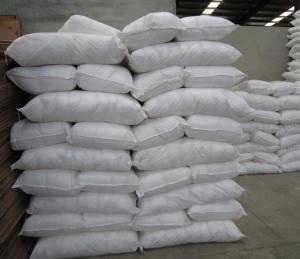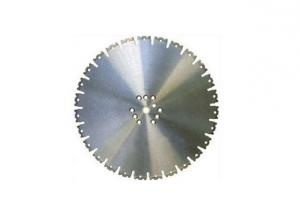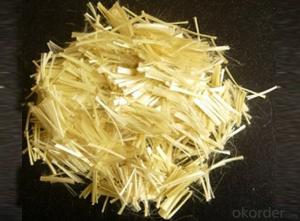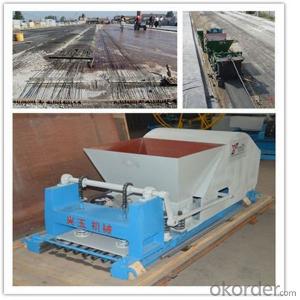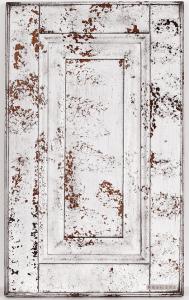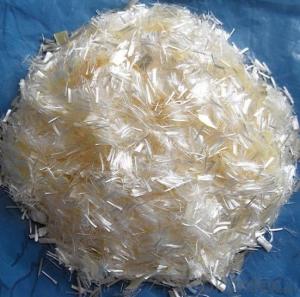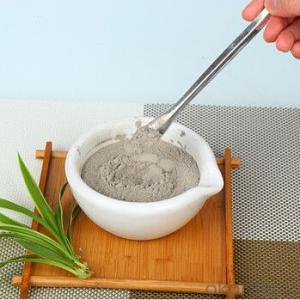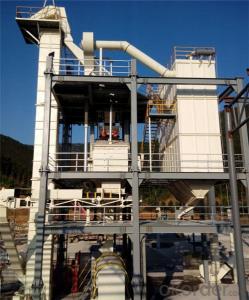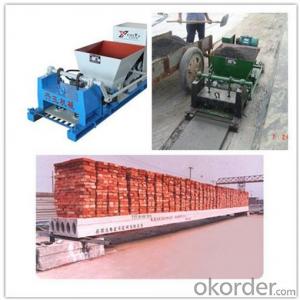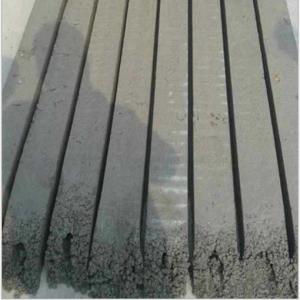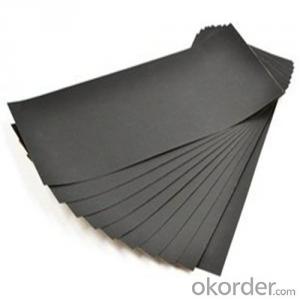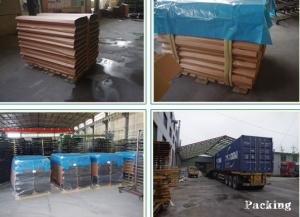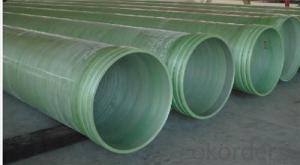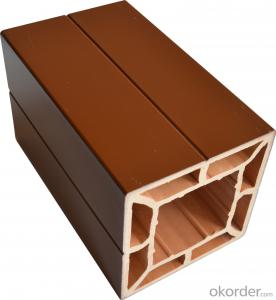Translucent Concrete
Translucent Concrete Related Searches
Translucent Polycarbonate Concrete Resurfacing Concrete Repellent Forming Concrete Concrete Shotcrete Spray Concrete Waterproof Admixture Concrete Off Form Concrete Waterproof Concrete Blocks Concrete Slickline Fast Curing Concrete Additives Concrete Mixer Waterproofing Concrete Floors Concrete Driveway White Translucent Plastic Sheet Hrwr Concrete Concrete Lifting Eyes Resurface Concrete Driveway Concrete Driveway Resurfacing Transparent Rubber Tube Concrete Mixing Machine Concrete Culvert Pipe Concrete Grinding Equipment Sealing Concrete Driveway Form Work Concrete Circle Concrete Forms Flexible Plastic Concrete Forms Decorative Concrete Driveway Concrete Slab Waterproofing Waterproofing Concrete Block WallsTranslucent Concrete Supplier & Manufacturer from China
Translucent Concrete is a unique building material that combines the properties of traditional concrete with the ability to transmit light. This innovative product is made by incorporating optical fibers or translucent aggregates into the concrete mix, allowing it to maintain its structural integrity while also allowing light to pass through. This creates a visually striking effect and offers a range of functional benefits.The application and usage scenarios for Translucent Concrete are vast, making it an ideal choice for architects and designers looking to create unique and energy-efficient structures. It can be used in both interior and exterior applications, such as walls, floors, and ceilings, to bring natural light into buildings and create a more open, inviting atmosphere. Additionally, Translucent Concrete can be utilized in decorative elements, such as light fixtures and partitions, to add a touch of sophistication and modernity to any space.
Okorder.com is a leading wholesale supplier of Translucent Concrete, offering a large inventory of this innovative product to customers worldwide. With a commitment to quality and customer satisfaction, Okorder.com ensures that each order is carefully processed and delivered promptly, making it a reliable source for those seeking to incorporate Translucent Concrete into their projects.
Hot Products
